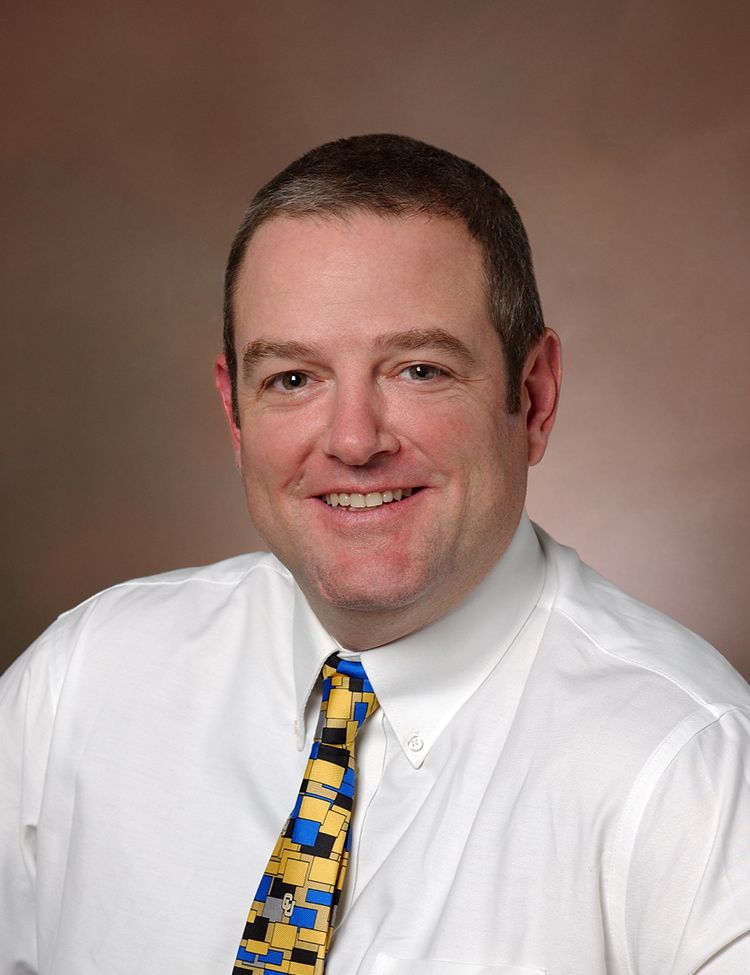Gregory Weiss, MD: Dreaming of a Post-Pandemic World
Gregory Weiss, MD, reflects on his personal experiences, silver linings, and the prospect of the ongoing COVID-19 pandemic coming to an end in the wake of increased vaccine rollout.
Gregory Weiss, MD

I get a lot of questions about COVID-19, from patients and other colleagues. We have certainly been through a lot, and it’s not over yet. We are all looking forward to “the end” or a return to “normalcy”, but it is more apparent than ever that we will likely never return to the way it was before, and we shouldn’t.
Since the beginning of December 2020, we have all been relaxing the lines in our collective brows cautiously looking to the horizon as daily COVID-19 rates fall, hospital admission decline, and widespread vaccination drives go full steam ahead. I think it is a good time to look ahead while not forgetting that over a half-million of our patients and loved ones have perished to date in this global pandemic of COVID-19.
We as clinicians are creatures of habit. We learn, practice, implement, we keep schedules, make dates for conferences, and see patients. Over the last year all that changed. Elective procedures and in-person visits have been reduced dramatically. Fear and prudence have forced us underground so to speak and this type of practice is contrary to the very fundamentals of caring for patients. So, what will the future bring for us? Will it be business as usual again? Or will we see a completely different practice environment forever going forward?
The first question we should ask ourselves is, do we really want things to go back to the way they were? The answer should be a resounding no. The staggering mortality and severity of the economic impact of COVID-19 are entirely the result of our complete lack of preparedness coupled with a woefully uninformed population.
We have been talking about outbreaks and pandemics for decades without putting in the work to be ready for one. Luckily it appears that our leaders and national health institutes are serious about taking the lessons of COVID-19 to heart. I hope.
While working to be better prepared in the future, I think it is ok for us to look ahead to how our practices will look going forward. By in large I see optimism in patients and providers. With millions of doses of COVID-19 vaccine going into the arms of clinicians and communities alike, a noticeable collective sigh of relief can be heard here in the trenches. My personal observations and impressions are as follows:
I attend a conference at a ski resort in Colorado every year. Last year I attended it with my family and when I returned home the whole world shut down. This year I went back again. While we have traveled by air since our last visit, the planes were more crowded and the airport was all a bustle. The differences were subtle but poignant. Everyone wore masks, most of the food courts and lounges were closed or restricted, and people tried to keep apart.
At the conference, no in-person sessions were held. Instead, I was able to watch a live stream or view sessions on-demand from my condo. To be honest, while attending these sessions, I thought to myself, “Why hasn’t this been an option in the past?”. If I had to venture a guess, I’d say that it will be an option in the future that will allow more clinicians to attend the conference and the conference to draw more revenue. The only noticeable drawback to this model was the limitation virtual meetings put on person-to-person networking.
What about patient visits? I have already seen a return to most elective in and outpatient procedures. While I work in a more acute setting, most of my colleagues have also noticed a more typical workload. While I think we did a good job communicating with patients during the pandemic, I do not think we will switch to more virtual visits or limit services once the risk of coming to the offices and surgery centers becomes nominal.
There exists too much inherent value in physical interactions between people, especially between a patient and her or his doctor. I think preparedness models, competencies, and maybe even drills will be a part of our practice ongoing, but I do see a return to widespread in-person medical care in the future.
One other factor continues to be a question mark for clinicians and patients alike and that is whether in-person schooling will go back to normal and when. Although not a primary clinical question, those of us with children may not be working as much or providing as much coverage availability.
Further, our patients may not have as much flexibility for scheduling appointments and or procedures. We should be making every effort to stay in contact with our patients providing as much patience and flexibility as we are able until they are back to work and their kids are back in school.
All in all, I am optimistic about the future. We are getting a handle on this pandemic. We have always been resilient when it comes to facing challenges and we continue to prove that we are up to the task. We may be wearing masks out to eat for years to come, it is difficult to predict but, in any case, we will still be here and still providing the best care we can.